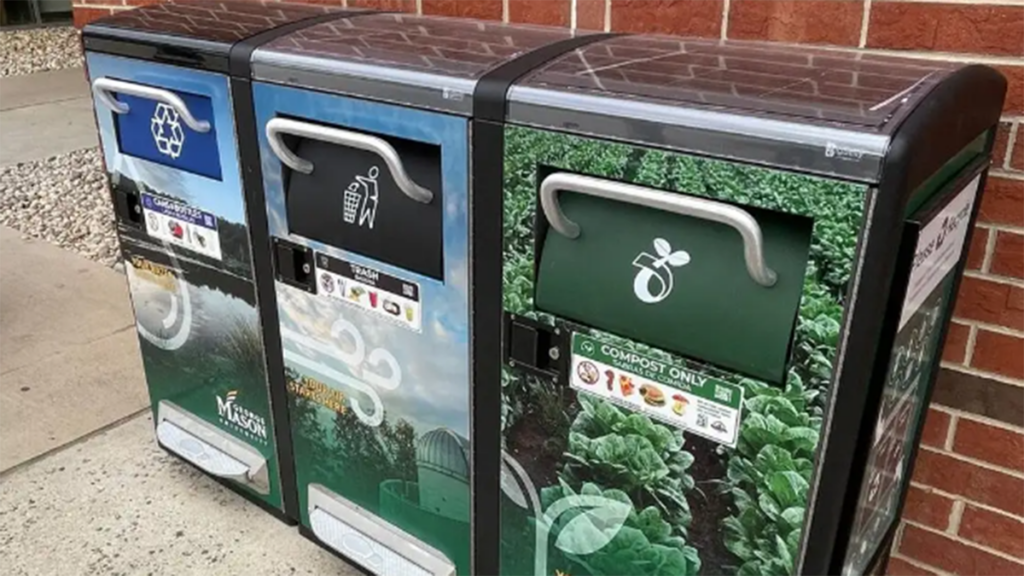According to a recent research report conducted by Berg Insight, it was revealed that the global number of waste collection points equipped with smart waste sensor technology reached 1.25 million in 2023 (excluding China). The market is projected to grow at a compound annual growth rate (CAGR) of 22.8%, expected to rise to 3.5 million by 2028.
These wirelessly connected fill-level sensors can either be pre-integrated into waste bins and containers, such as smart bin offerings, or be retrofitted onto existing collection points. Europe holds approximately 45% of the installed base, with key markets including the Benelux countries, France, the UK, Spain, and the Nordics leading the way.
Meanwhile, the North American market reached an installed base of 470,000 units in 2023. The Rest of World market, excluding China, is anticipated to experience the highest growth rate of 26.8% and surpass 700,000 installed sensors by 2028.
Following the acquisition of Compology in late 2022, US-based waste and recycling services provider RoadRunner now boasts the world’s largest installed base of smart waste sensors, Berg Insight reported, holding a market share of 16% of the total installed base (excluding China). Waste Harmonics (Keter) ranked second, representing the trend of waste brokers and managed service providers in North America increasingly utilising proprietary smart waste sensors. The US-based smart bin provider Bigbelly ranked as the third largest player.
In Europe, Norwegian smart waste sensor and software specialist REEN emerged as the leading vendor and the world’s fourth largest in terms of installed base. Other top players in the smart waste sensor technology market included Sensoneo from Slovakia, SmartEnds from Belgium, Waste Vision from the Netherlands, BH Technologies from France, Enevo from the US, and Nordsense from Denmark. Together, these top ten vendors accounted for over 53% of the global installed base of waste collection points featuring smart waste sensor technology.
While municipal smart waste management has seen robust growth in recent years, private companies are also emerging as an increasingly important customer segment for vendors offering smart waste management solutions. Additionally, the anticipated sunset of 2G and 3G networks in several regions is expected to impact shipment volumes as replacements of existing sensors become necessary in the coming years.
“We are still in the early stages of waste generators increasing their focus on sustainability and going forward it will be instrumental for organisations to measure, manage and track generated waste and emissions,” said William Ankreus, IoT Analyst at Berg Insight.
Cellular communications remain the most popular connectivity technology choice, accounting for over 80% of the connected waste collection points in 2023. Ankreus added: “Cellular LPWA technologies (NB-IoT and LTE-M) have improved the overall business case for smart waste sensors and represented a large share of shipments in the last couple of years.”
Because of the sun setting on 2G and 3G networks, replacements of existing sensors are anticipated to affect shipment volumes to a significant extent in the coming years.
There’s plenty of other editorial on our sister site, Electronic Specifier! Or you can always join in the conversation by commenting below or visiting our LinkedIn page.
